Understanding the Historical Timeline of Christ and Christianity
The Birth of Christianity: A Chronology
Early Years
-
4 BCE: Jesus Christ is born in Bethlehem, Judea.
-
26-30 CE: John the Baptist preaches, preparing the way for Jesus' ministry.
-
30 CE: Jesus Christ begins his public ministry, gathering disciples and teaching about the Kingdom of God.
Crucifixion and Resurrection
-
30 CE: Jesus is crucified under Pontius Pilate, the Roman governor of Judea.
-
30 CE: Jesus Christ rises from the dead, establishing the foundation of Christian faith.
The Early Church
-
30 CE and later: Jesus' followers establish the Christian community in Jerusalem.
-
35-36 CE: Paul converts to Christianity and becomes a prominent apostle, spreading the Gospel to the Gentiles.
-
48 CE: Council of Jerusalem: A meeting of Christian leaders to discuss the admission of Gentiles into the church.
-
50 CE: Paul begins his missionary journeys, spreading the Gospel throughout the Roman Empire.
Roman Persecutions and the Rise of Christianity
-
60-68 CE: Persecution of Christians under Nero, the Roman emperor.
-
66-70 CE: First Jewish Revolt against Rome.
-
70 CE: Destruction of Jerusalem and the Second Temple.
-
90-110 CE: Gospels of Mark, Matthew, and Luke written.
-
107-117 CE: Ignatius, one of the early Christian martyrs, is executed.
-
180 CE: Irenaeus, a Christian theologian, asserts that the proper number of gospels is four.
Constantine and the Edict of Milan
-
312 CE: Constantine the Great defeats his rival Maxentius at the Battle of Milvian Bridge, converting to Christianity.
-
313 CE: Constantine issues the Edict of Milan, granting religious freedom to Christians.
-
324 CE: Constantine becomes the sole ruler of the Roman Empire, supporting the spread of Christianity.
Council of Nicea and the Definition of Christian Doctrine
-
325 CE: Council of Nicea: A gathering of Christian bishops to address Arianism, a heresy denying Jesus' divinity.
-
325 CE: The Nicene Creed is adopted, defining the essential beliefs of Christianity.
Later Developments
-
4th-5th Centuries: Christianity becomes the official religion of the Roman Empire.
-
6th-8th Centuries: Rise of monasticism and the spread of Christianity throughout Europe.
-
10th-13th Centuries: The Crusades, a series of religious wars between Christians and Muslims.
-
15th-16th Centuries: Renaissance and Reformation, leading to the Protestant Reformation and the division of Western Christianity.
-
19th-20th Centuries: Global expansion of Christianity, leading to the establishment of various denominations and movements.
FAQs on Christ Timeline History
What is the traditional date of Jesus' birth?
4 BCE, according to most scholars.
When did Jesus begin his ministry?
Around AD 28-29.
When was Jesus crucified?
Between AD 30 and 36.
What is the chronological relationship between Jesus' birth and Herod the Great's death?
Jesus was born before Herod's death in 4 BC.
When did John the Baptist begin baptizing?
In "the fifteenth year of the reign of Tiberius Caesar," which would have been around AD 28.
When was Pilate governor of Judea?
AD 26-36 or 37.
When did Paul convert to Christianity?
Around AD 33-36.
When was the Council of Jerusalem held?
AD 48.
When was the Great Fire in Rome?
AD 60-68.
When did the First Jewish Revolt against Rome take place?
AD 66-70.
When was the fall of Jerusalem?
AD 70.
When were the Gospels of Mark, Matthew, and Luke written?
AD 70-100.
When was the Gospel of John written?
AD 90-110.
When did the First Major persecution of Christians occur?
AD 249-251.
When did Constantine adopt Christianity?
AD 312.
When was the Council of Nicea held?
AD 325.

